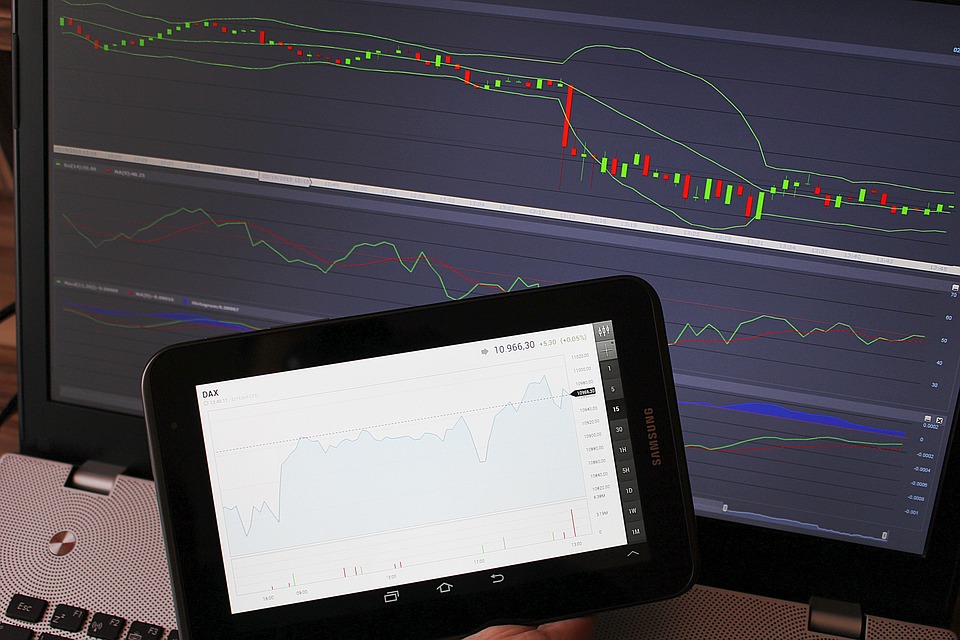How Google SEO Rank Checker Tools Work: The Insider’s Guide
Search Engine Optimization (SEO) is a dynamic, data-driven field where “ranking position” is a critical metric. But how do SEO professionals accurately track these elusive rankings? Enter Google SEO rank checker tools. As an expert service provider, we dissect these tools daily to empower strategies that dominate search results. Here’s how they work—and why you might be misinterpreting their data.
The Core Function: Simulating Searches
Rank trackers don’t have a backdoor into Google’s algorithm. Instead, they emulate real user behavior:
- Keyword & Domain Input: You submit target keywords and URLs.
- Automated Search Queries: The tool programmatically sends searches to Google, mimicking location, device, and browser variables.
- Results Parsing: By scraping or using Google’s API (like SerpAPI), the tool scans the top 100 results for your domain.
- Position Logging: If your URL appears, its rank is recorded.
Sophisticated tools repeat this hourly/daily across global data centers to mitigate anomalies.
Why “Accurate” Rankings Are an Illusion
Google personalizes results based on:
- User History: Past searches, clicks, and location.
- Device Type: Mobile vs. desktop rankings differ vastly.
- Real-Time Signals: Local inventory, news, or trending topics skew positions.
Rank trackers minimize this bias using: - Incognito Proxies: Neutral IPs in target geographies.
- Custom Settings: Language, device emulation (e.g., mobile-first indexing tests).
- Dynamic Sampling: Averaging results from multiple data centers.
Beyond Position: Advanced Data Layers
Top-tier tools don’t just report ranks; they diagnose why:
- SERP Feature Tracking:
Identifies if your page ranks in “People Also Ask,” featured snippets, or local packs. - Competitor Gap Analysis:
Tracks rivals’ positions for your keywords to uncover opportunities. - Historical Trend Mapping:
Visualizes rank fluctuations to correlate with algorithm updates (e.g., Core Web Vitals). - Click-Through Rate (CTR) Modeling:
Estimates traffic potential by combining rank, search volume, and SERP feature prominence.
Pitfalls and Limitations
- “Rank 0” Ambiguity: Being in a featured snippet may show as “position 1” or a separate “rank 0,” inflating perceived performance.
- Keyword Cannibalization: If multiple pages target the same phrase, tools might misattribute the primary ranking URL.
- Data Delays: Google throttles scrapers. Enterprise APIs offer real-time data but at high costs.
How to Use Rank Data Strategically
- Benchmark with Baselines: Track weekly/monthly trends—not daily noise.
- Tier Keywords by Intent: Prioritize commercial terms (e.g., “buy running shoes”) over informational ones.
- SERP Decoding: If competitors dominate featured snippets, structure content with targeted Q&As.
- Local SEO: Use geo-tracking for “near me” terms to audit Google Business Profile effectiveness.
Conclusion
Rank checker tools are essential compasses—not crystal balls. Their true value lies in interpreting data contextually, not obsessing over position #3 vs. #5. Remember: ranking ≠ traffic. A page at #1 for a 100-volume keyword is less impactful than #5 for a 10K-volume term. In a landscape dominated by E-A-T (Expertise, Authoritativeness, Trustworthiness), combine rank tracking with holistic metrics: organic traffic, conversions, and engagement. Without this balance, you’re navigating blindfolded.
FAQs
Q1: Is it legal to use Google rank trackers?
Yes. While scraping public SERPs violates Google’s Terms of Service, most tools use API partners or rotate IPs ethically. Google rarely enforces penalties for rank-checking tools.
Q2: Why do different tools show varying ranks for the same keyword?
Variations stem from:
- Geographic sampling differences
- Timing of queries (Google tests layouts constantly)
- Device/OS simulation accuracy
Q3: How often should I check my rankings?
Daily checks create noise. Weekly tracking suffices for trend analysis. During core algorithm updates (e.g., May 2024), monitor bi-daily.
Q4: Can rank trackers detect penalties?
Indirectly. Sudden rank drops across all keywords may indicate manual penalties or algorithm filters (e.g., “Helpful Content Update”). Use Google Search Console for confirmation.
Q5: Why don’t my ranks improve despite on-page optimization?
Rankings align with holistic E-A-T signals:
- Backlink quality
- User experience (bounce rate, dwell time)
- Domain authority
Optimize beyond keywords—build topical authority.
Q6: Are paid rank checkers worth it?
For agencies and enterprise sites: yes. Free tools (like Ubersuggest) have limited accuracy and features. Paid tools (SEMrush, Ahrefs, AccuRanker) provide deeper competition insights and historical data.
Q7: How accurate are mobile vs. desktop rankings?
Google’s mobile-first indexing prioritizes mobile rankings. Track both but weigh mobile data more heavily.







